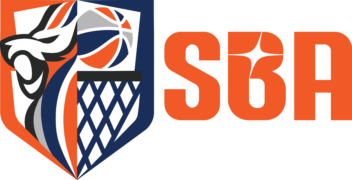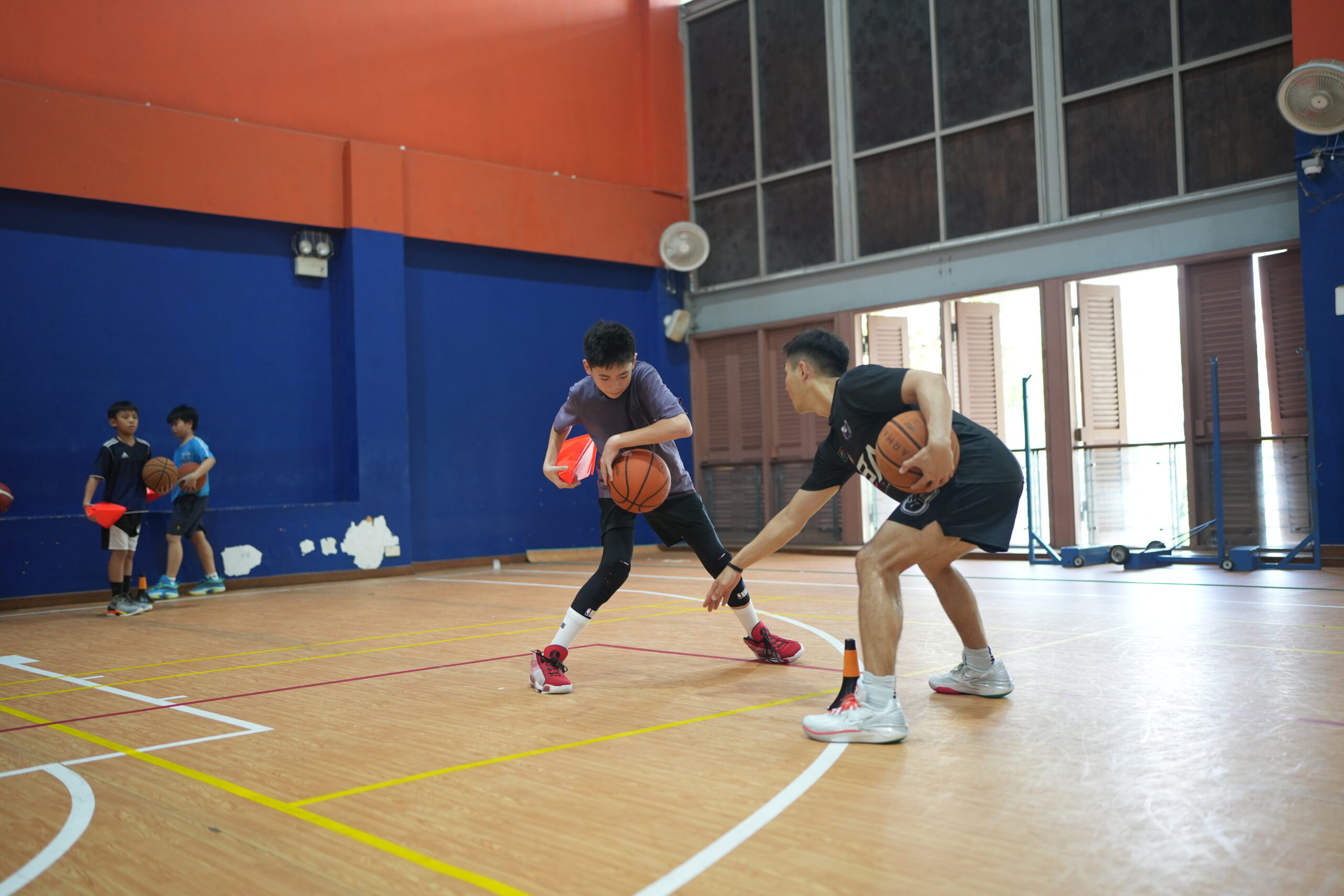Have you ever watched a top basketball player during a game and wondered how the player evades his opponents so fast before dunking the ball? It’s not just talent or luck; it’s consistent dribbling practice.
Now, if you want to play like Jeremy Lin–or you plan to play in big teams like Adroit, you need to understand the basics of basketball dribbling–and also practice it right. Consistently.
So, without further ado, let’s get into the basics.
Basic Principles of Effective Dribbling
In basketball games today, it is necessary to understand how to handle the ball–it’s definitely not just the point guard‘s job. All players on the court (from the Shooting Guard to the Center) must be proficient at dribbling, ball handling, and passing. This requires regular practice, especially in ball handling.
Some of the basic principles you should keep in mind when dribbling include:
- Ensure your head is raised up and you have a clear visual of the court when handling the basketball. Your focus should be on the opponent’s net.
- Maintain a straight back while dribbling. A bad posture might force you to lower your head and make you lose vision of the court.
- Be quick with the ball and ensure you’re dribbling with your fingertips. If you do it with your palms, you will lose control of the ball–you definitely don’t want the ball controlling you.
Therefore, if you want to be a great basketball player, you need to be able to have great ball control, both with your strong and weak hands.
The Four Basic Types of Dribbles
These dribbles are the basics for reason–without learning them you might not be able to practice other drills properly. Mastering these drills will give you better control on the basketball court and also improve your transition game–whether you are under pressure from a defender or close to the basket.
Control Dribble
This is a slow-moving dribble. To perform this dribble, you must keep your shoulders and hips square, facing the basket. Dribble the basketball low, just below your knees, while standing sideways. Ensure to keep your free arm or off-arm in front of your body to keep the ball from defenders.
Power Dribble
This is a technique you can use to maintain control over the ball and generate power while moving toward the opponent’s basket. To perform this dribble, forcefully bounce the ball off the court floor as you navigate your opponent’s defense and create scoring opportunities for yourself or your teammates.
Crossover Dribble
The crossover dribble action involves transferring the ball from one hand to the other, usually in front of your body, behind your back, or through your legs. It is usually used to confuse a defender and create a pathway to the opponent’s basket. Keep in mind that the crossover dribble looks like an imaginary ‘V’ going back and forth below your waist area.
Speed Dribble
To utilize this dribble, you have to move through the court at a faster pace as you might not have enough guard or time. With this in mind, you must protect the ball while heading from your half-court to the opponent’s.
Understanding the importance of dribbling and ball handling is necessary, but you also need to integrate this knowledge into your practice routine, so you’d be ready to deliver under different playing conditions. During practice sessions, try to play like you would in a real basketball game, where you have to keep a tight grip and control of the ball. This practice will enhance your muscle memory and also improve your ball-handling skills. Remember, you want these skills to become a part of you, so you play it without much thought, especially in high-pressure games.
At Scholar Basketball Academy, we focus on helping players master their basketball skills, starting from their grip and ball handling as it is a crucial skill for their development. Check out our SBA Development programs or our SBA Holiday Programs, fill out the form and let’s get started!

